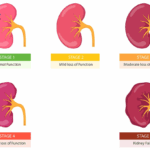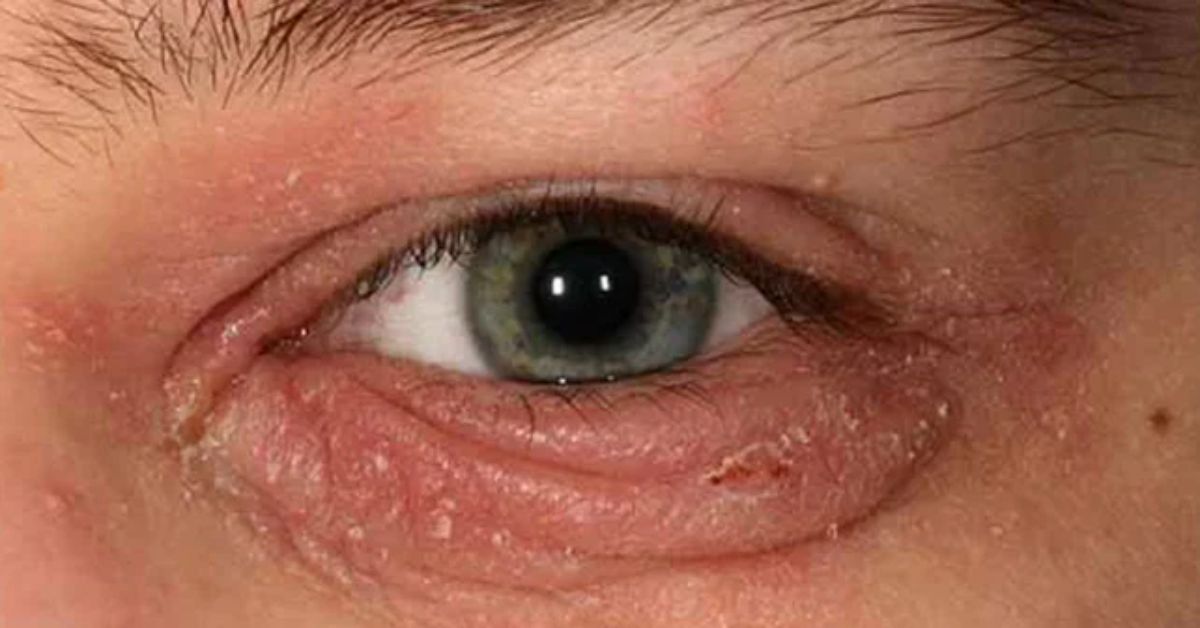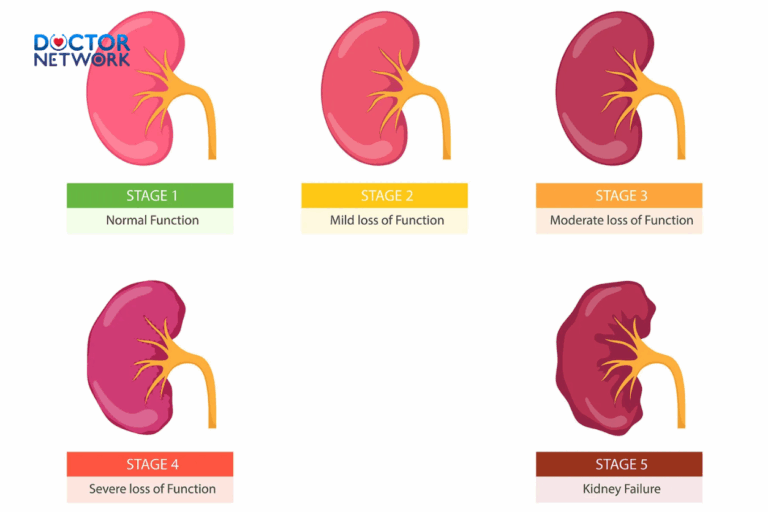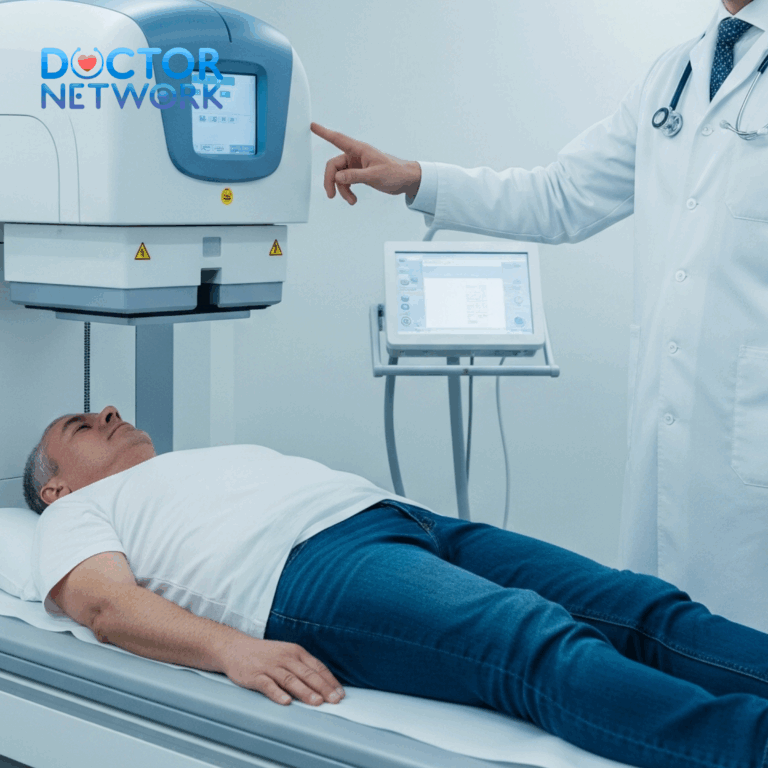Hyperopia, commonly known as farsightedness, is a prevalent refractive error affecting near vision. What age groups are typically affected by hyperopia, and how can it be identified and effectively treated? Let’s explore these questions through the following medical text.
What is Hyperopia?
Definition
Hyperopia (Hyperopia) is a refractive error where images do not focus correctly on the retina but instead behind it. This condition makes it difficult for individuals with hyperopia to see objects up close, while distant vision is often less affected.
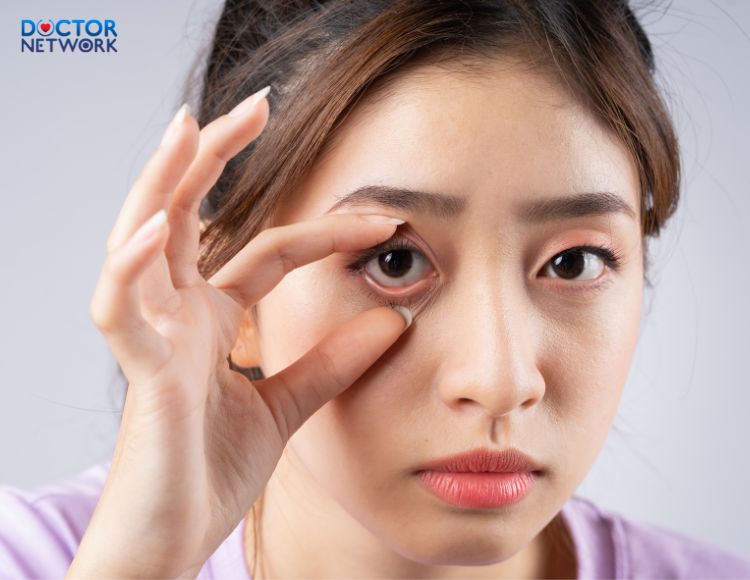
Hyperopia is a refractive error that occurs when images do not focus accurately on the retina, but fall behind the retina
Symptoms
Symptoms of hyperopia can vary depending on age and severity, including:
- Blurred vision when viewing objects up close: Difficulty reading books, using phones, or working on computers.
- Eye strain, headaches: Particularly after prolonged periods of near work.
- Squinting, tilting the head: To see more clearly.
Causes
The causes of hyperopia are often related to the shape or size of the eyeball:
- Congenital factors: Shorter than normal eyeball length, causing images to focus behind the retina.
- Aging: Gradual loss of flexibility in the eye’s lens, reducing its ability to focus, leading to hyperopia in older adults.
- Other factors: Conditions like diabetes, eye injuries, or tumors can also contribute to hyperopia.
Age Groups Affected by Hyperopia
Hyperopia can occur at any age, but it is most commonly seen in two main groups:
Hyperopia in Children
Hyperopia in young children is often congenital, due to a shorter eyeball or flatter cornea. According to research published in the American Journal of Ophthalmology, about 8% of children under 6 years old have hyperopia.

Farsightedness in children is often congenital, due to a short eyeball axis or flat cornea
Symptoms of Hyperopia in Children
- Squinting, frequent rubbing of eyes.
- Difficulty concentrating during activities.
- Strabismus (in some cases).
Diagnosis and Treatment of Hyperopia in Children
- Diagnosis: An ophthalmologist will conduct comprehensive visual tests to assess the degree of hyperopia.
- Treatment: Typically involves prescribing glasses to correct vision. In some cases, surgery may be considered.
Hyperopia in Older Adults
Age-related hyperopia is a natural part of aging, often beginning around age 40. Studies indicate that over 80% of adults over 65 years old experience hyperopia.
Symptoms of Hyperopia in Older Adults
- Difficulty reading small print.
- Needing brighter light to see clearly.
- Rapid eye fatigue when reading or doing close work.
Diagnosis and Treatment of Hyperopia in Older Adults
- Diagnosis: Similar to children, diagnosis involves comprehensive eye exams to confirm hyperopia.
- Treatment: Options include reading glasses, multifocal lenses, or refractive surgery to improve vision.
Prevention of Hyperopia
While hyperopia cannot be completely prevented, several measures can help reduce the risk and slow its progression:
- Regular eye exams: Especially crucial for young children and adults over 40.
- Sun protection for eyes: Wear sunglasses to shield eyes from UV rays.
- Maintain a safe distance when using screens: Follow the 20-20-20 rule (every 20 minutes, look 20 feet away for 20 seconds).
- Healthy diet: Include foods rich in vitamin A, C, E, and zinc.

Supplement foods rich in vitamins A, C, E and zinc to help keep eyes healthy
- Avoid smoking: Smoking increases the risk of eye diseases, including hyperopia.
Common Questions Regarding Hyperopia by Age
Do children suffer from hyperopia? If so, at what age is it most common?
Children can indeed experience hyperopia, often due to congenital factors such as a shorter eyeball or flatter cornea. Hyperopia in children is most commonly observed between the ages of 5 and 10. However, infants and younger children can also develop this refractive error.
How do symptoms of hyperopia in older adults differ from those in children?
Symptoms of hyperopia in older adults typically differ from those in children. Older adults often struggle with reading small print, require brighter light for close tasks, and experience quick eye fatigue when focusing up close. In contrast, children may squint, rub their eyes frequently, have difficulty concentrating, and in severe cases, develop strabismus.
Can hyperopia be completely cured?
Currently, there is no method to completely cure hyperopia. However, there are various ways to manage vision and improve quality of life for individuals with hyperopia. For children, glasses are a common and effective treatment method. Older adults may use reading glasses, multifocal lenses, or undergo refractive surgery to correct their vision.
When should children be taken for an eye examination to detect hyperopia?
Children should undergo regular eye exams starting at 6 months old, followed by exams at 3 years old and before entering first grade. If there are any signs of abnormal vision, such as squinting, eye rubbing, strabismus, or difficulties in learning, children should be taken for an eye exam promptly. Early detection and treatment of hyperopia help children develop normal vision and prevent complications later on.
Are there any ways to prevent hyperopia?
While it’s not possible to completely prevent hyperopia, several measures can reduce the risk and slow its progression:
- Regular eye exams, especially important for young children and adults over 40.
- Protecting eyes from sunlight by wearing sunglasses.
- Maintaining a safe distance when using electronic screens and taking regular breaks to rest the eyes.
- Adopting a healthy diet rich in vitamin A, C, E, and zinc.
- Avoiding smoking, as it increases the risk of eye diseases, including hyperopia.
These steps can help mitigate the effects of hyperopia and promote better eye health across different age groups.
Conclusion
Hyperopia is a common refractive error affecting many people’s quality of life. However, early detection and treatment can help individuals with hyperopia maintain good vision and enjoy life to the fullest.
This article has provided insights into “What age groups are typically affected by hyperopia” and related research. We hope this information proves useful to you.
References:
The Relationship Between Age and Farsightedness (Presbyopia)nvisioncenters·1
Kiểm Duyệt Nội Dung
More than 10 years of marketing communications experience in the medical and health field.
Successfully deployed marketing communication activities, content development and social networking channels for hospital partners, clinics, doctors and medical professionals across the country.
More than 6 years of experience in organizing and producing leading prestigious medical programs in Vietnam, in collaboration with Ho Chi Minh City Television (HTV). Typical programs include Nhật Ký Blouse Trắng, Bác Sĩ Nói Gì, Alo Bác Sĩ Nghe, Nhật Ký Hạnh Phúc, Vui Khỏe Cùng Con, Bác Sỹ Mẹ, v.v.
Comprehensive cooperation with hundreds of hospitals and clinics, thousands of doctors and medical experts to join hands in building a medical content and service platform on the Doctor Network application.











